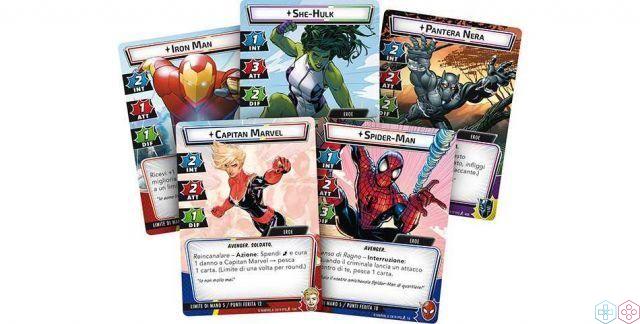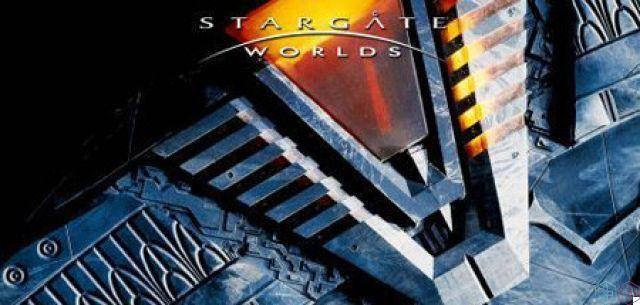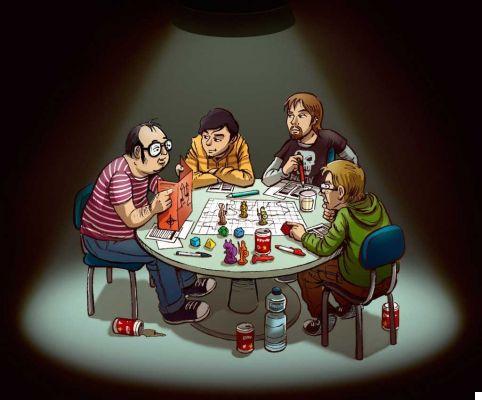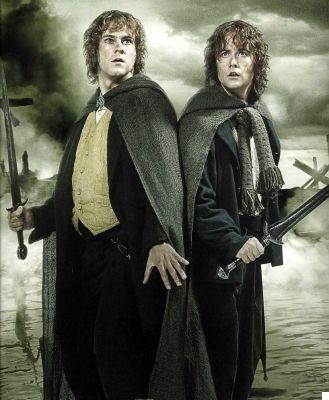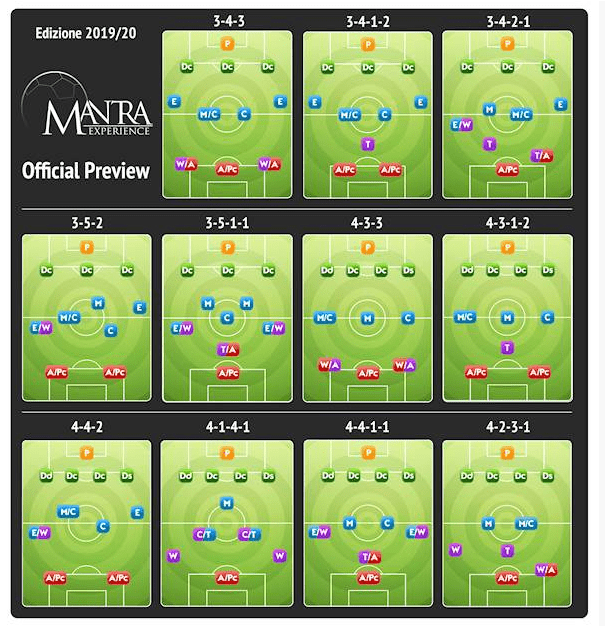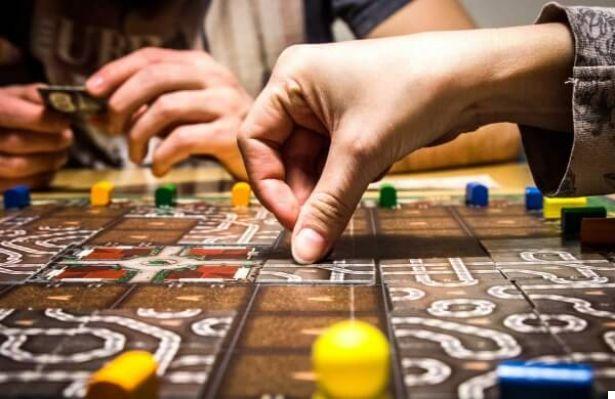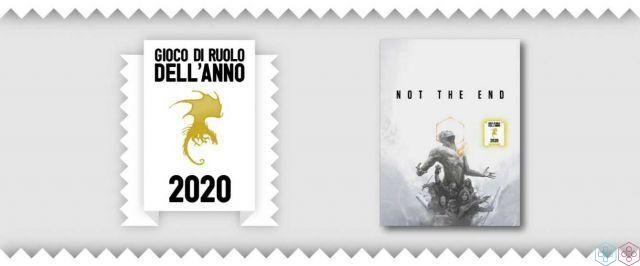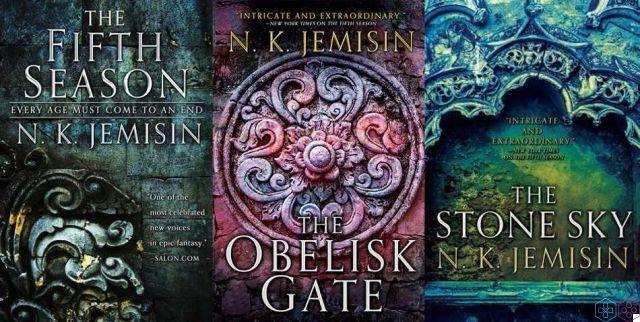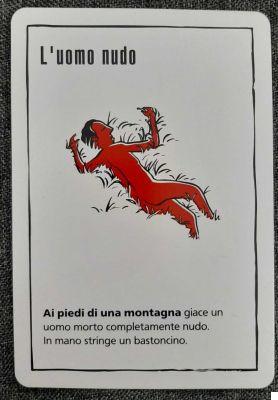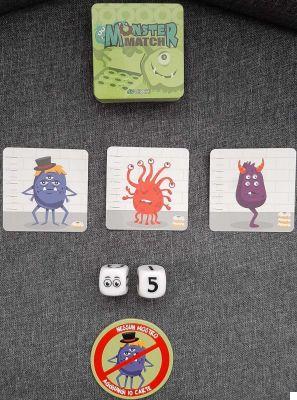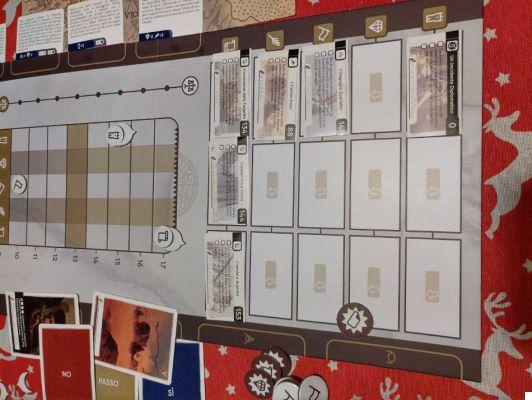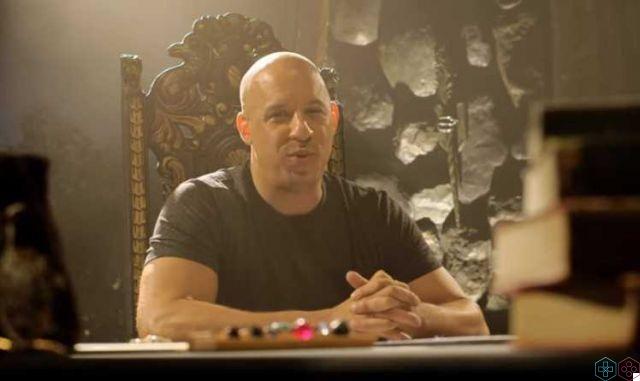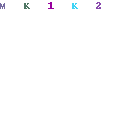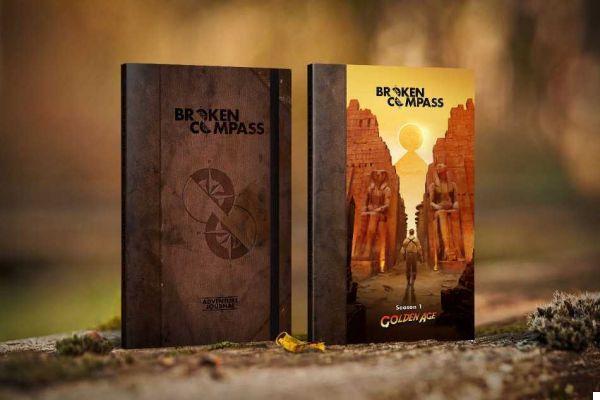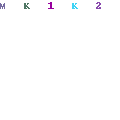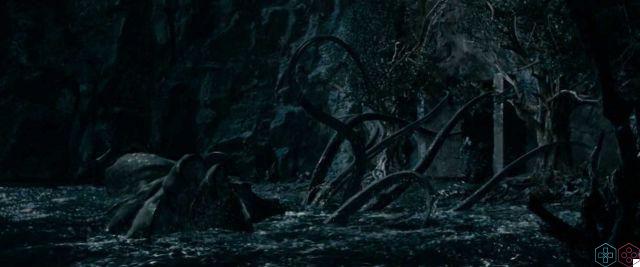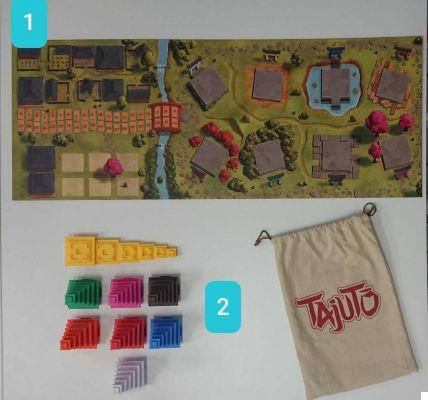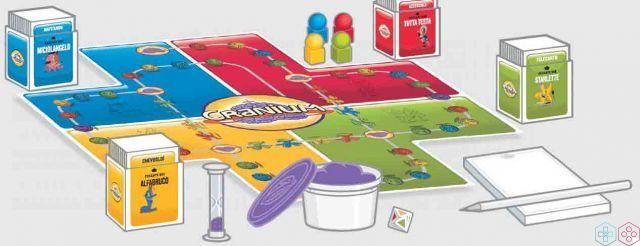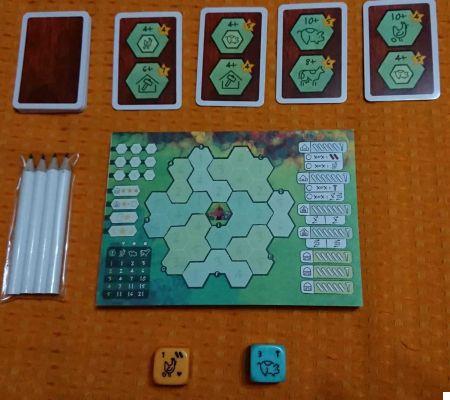Yes, board games already existed among the ancients: continue reading to go and rediscover the great-grandparents' grandparents
Archeology is a subject for true ancient history buffs. But Indiana Joneses all over the world find not only bones, scrolls, tombs and vases, sometimes even ancient board games. Through inscriptions in dead languages they have managed to deduce the rules, or similar, if they have not been handed down from century to century. Here are some of the most famous ancient board games, many of them for two challengers. All these are achievable at home with a little good dexterity in woodworking, or even using paper, pen and pebbles.
Senet - Ancient board games, from Egypt
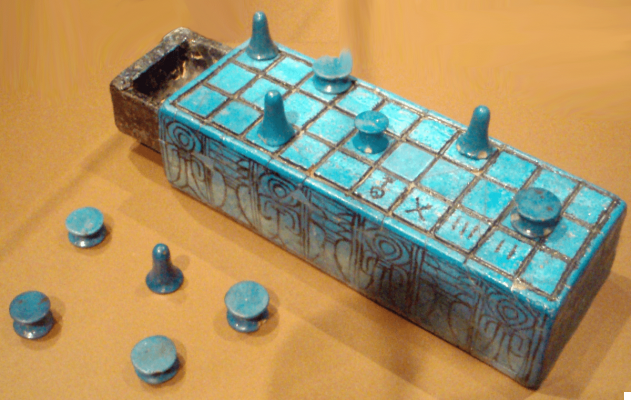
The Senet is presented as a board whose real rules are ignored: the most accepted ones are the work of the translation by Timothy Kendall and RC Bell. Originally played by the pharaohs (XNUMXth - XNUMXth century BC), the Senet then became a game for everyone, assuming a religious significance, of passage to the afterlife: the fate after death was put into play by the deceased against Destiny. In the Egyptian tombs, boards of Senet were found, left there so that the dead could take them with them.
Features
- Challenge: to two, each has seven pieces available (white against black);
- Support: puzzle table of three rows of ten boxes;
- Randomness: medium-high. The movement is decided by a throw of four concave sticks, points are earned based on their arrangement (scores 1, 2, 3, 4 and 6);
- Procedure: each player places his own pawns on the spaces of the board. Starting from the box at the bottom right, the alternating pawns (black, then white, then black ...) are placed in the first row, going to the left, then proceeding to the central row continuing to the right. Whoever, by means of a roll, gets to start, moves the black pieces.
- If you roll a 1, 4 or 6 you move a pawn an equal number of squares forward and roll again.
- If you roll a 2 or 3, you move a checker an equal number of squares and pass your hand.
- If it is not possible to advance, the score obtained is reversed. If that is not possible too, we pass the hand.
- Objective: to get all your pieces off the board.
- Other rules make the game interesting from a philosophical point of view: for example, even in the event of a victory, one waits for the opponent to finish the game, to proceed together towards the afterlife.
Royal Game of Ur - Ancient board games, from Mesopotamia
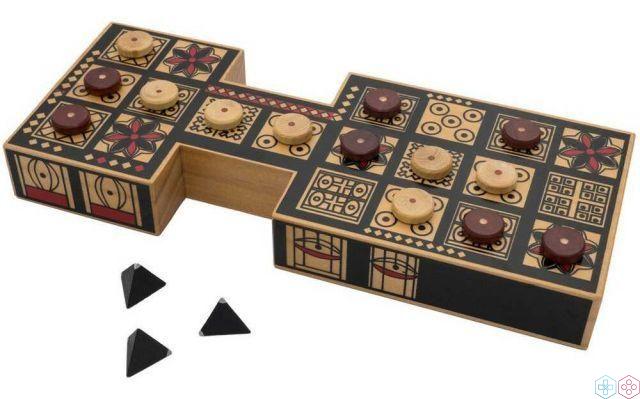
Found in the 20s of the twentieth century and dated between 2400 and 2600 years before Christ, the tablets of Ur occupy 8 × 3 boxes, to which two outer boxes are cut on each of the long sides. The interior is hollow, to store the game components: 14 pieces, seven per player, and tetrahedral dice. The tablets of Ur have different decorations, but they keep unchanged some flower-shaped boxes in the same positions.
Features
- Challenge: to two, each has seven pawns at his disposal;
- Support: dedicated board;
- Randomness: medium-high. Movement is decided by a roll of tetrahedral dice;
- Procedure: whoever is on duty rolls the dice: based on the value he decides whether it is convenient to insert a new pawn on the board, making it advance by the resulting value, or to move an already present pawn. The pawns must follow a certain path until they exit the board. If a pawn lands on the same square as an opponent, the opponent starts all over again.
- Objective: to get all your pieces off the board.
Dogs and Jackals - Ancient board games, again from Egypt
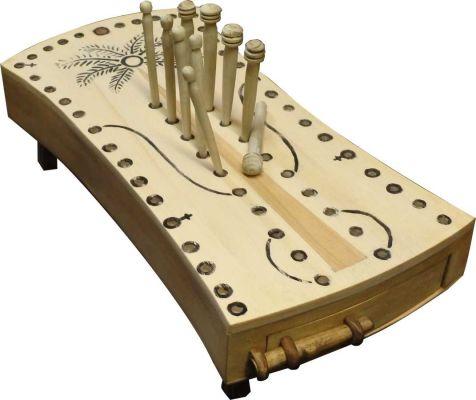
It is a game of path and chance. The board is in the shape of a piece of furniture, with animal paws as legs. They are normally carved from ivory and feature 58 holes, plus a drawer that holds five dog-headed and five jackal-headed wands. Chopsticks go into holes, as do pawns that move along a path. Dogs and Jackals can be dated to the Middle Kingdom (about 2000 - 1600 BC).
Features
- Challenge: two, each has five wands at his disposal, Dogs against Jackals (the choice is indifferent);
- Support: dedicated board;
- Randomness: medium-high. The movement is decided by a shot of concave sticks;
- Procedure: if the throw of the rods indicates 1, it is possible to insert a new rod, otherwise an existing rod can be moved. Some holes allow you to advance to one further ahead, or retreat. Two wands cannot coexist in the same hole.
Objective: to get all your wands out of the board.
The Game of Twelve Writers - Giochi da tavolo antichi da Roma
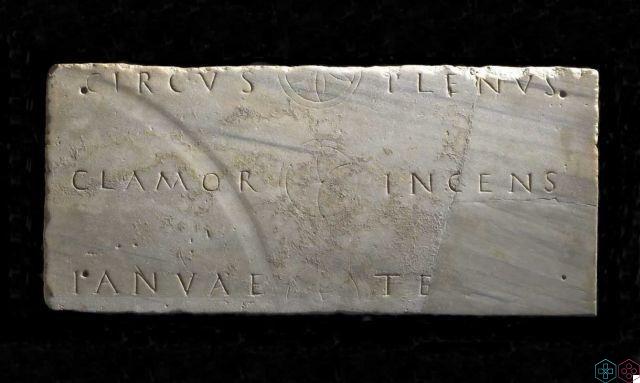
The ancient Romans played a lot, we have received an infinite number of pastimes of the time, street games, with animals (even cruel) and even table games. While waiting for the meal in the tabernae, the ancient Romans fooled time by playing Duodecim Scriptorum, composed of a series of words engraved in the marble of the tabulae lusoriae, dedicated to it.. Even today there are engravings such as:
VIRTUS EMPIRE
THE ENEMY BOUND
THE ROMANS PLAY
always made up of three rows of twelve letters. Each letter was like a square on which to move one's pieces.
Features
- Challenge: to two, each has six pawns (white against black) and two dice, or fifteen pawns (white against black) and three dice;
- Support: one multiplayer game
- Randomness: medium-high. Movement is decided by a roll of the dice.
- Procedure: after choosing who goes first, the roll of the two dice can move a pawn (with the sum of the two dice) or two pawns (each of the value of a die) starting from the entry square (in the example: the V of VIRTUS). You proceed alternately by advancing your own pieces, or by inserting new ones. If a pawn lands on a square occupied by an opponent, the game must restart. Other rules make the game not unlike the board of Ur.
- Objective: to get all your pieces out of the board.
If we think about it, Duodecim Scriptorum was the progenitor of Backgammon!
Antique board games marketed
Some manufacturers have decided to rebuild and market these board games, usually in wood, taking advantage of the curiosity towards these rules ... Very, very vintage!





